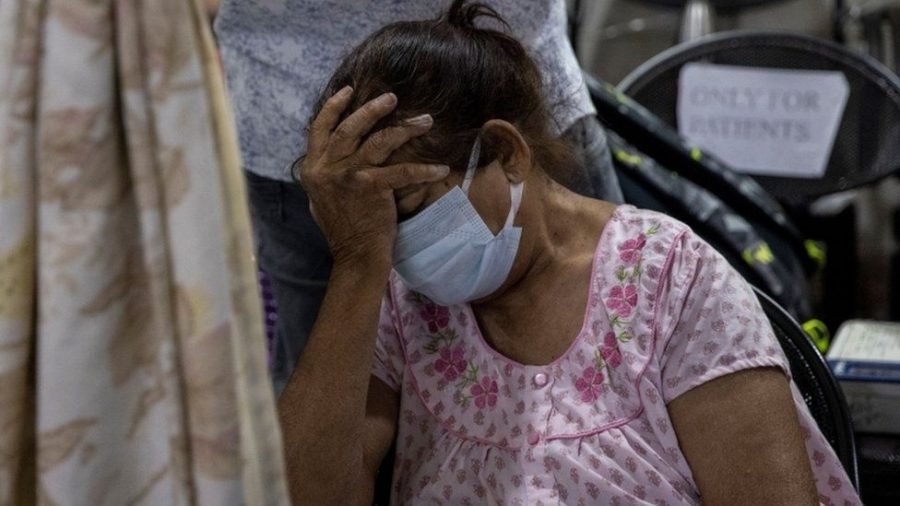India has recorded 196,427 new coronavirus cases, the lowest daily increase in infections since April 14, whereas COVID-19 deaths have increased by 3,511 over the last 24 hours.
According to data published by the health ministry on Tuesday, the country’s cumulative caseload has reached 26.95 million, with 307,231 fatalities.
Behind the United States and Brazil, India has the third-highest recorded death rate in the nation, accounting for 8.6% of the almost 3.47 million coronavirus deaths worldwide, but the real figures are believed to be considerably higher.
Despite the decrease in regular infections, India’s battle against the coronavirus has been hampered by late vaccine deliveries, which have caused several people to skip their injections, as well as an unusual “black fungus” infection that has affected COVID-19 patients.
The pandemic has swamped India’s underfunded healthcare system after spreading rapidly through the region, from isolated Himalayan villages in the north to the large tropical central plains and sandy beaches in the south.
Residents of New Delhi’s capital also died at home due to a lack of oxygen after hospitals ran out of supplies. Patients have died in crowded hospital halls in cities across India. People in villages died of fever and shortness of breath before being checked for coronavirus.
Though the cities have shown signs of recovery in recent days, the epidemic is far from over in India. It seems to have also had a heinous effect on the country’s large rural communities, where the bulk of the populace resides and healthcare is scarce.
Hundreds of bodies have washed up on the Ganges River’s shores in Uttar Pradesh in recent weeks. Even others have been discovered hidden in small graves along the river’s sandy shores. Concerns have been raised that they are the bones of COVID-19 victims.
The vaccination campaign in India has slowed lately, and several states say they don’t have enough vaccines to distribute.
Just 41.6 million citizens, or 3.8 percent of the world’s population, have been completely vaccinated in the world’s biggest vaccine-producing country.
To “minimize vaccine wastage,” the federal government authorised walk-in registration at government-run vaccination centres for those aged 18 to 44 on Monday.
On March 12, 2020, in the state of Karnataka in southern India, the first reported COVID-19 death occurred. The first 100,000 people who died took seven months to meet. In late April, the official death toll surpassed 200,000.
After new illnesses ripped through dense cities and rural areas alike, overwhelming healthcare services on the verge of failure, the next 100,000 deaths were reported in just 27 days.
In recent weeks, average daily deaths and incidents have declined marginally, and the government announced on Sunday that it is running the most COVID-19 tests ever, with more than 2.1 million samples examined in the preceding 24 hours.










